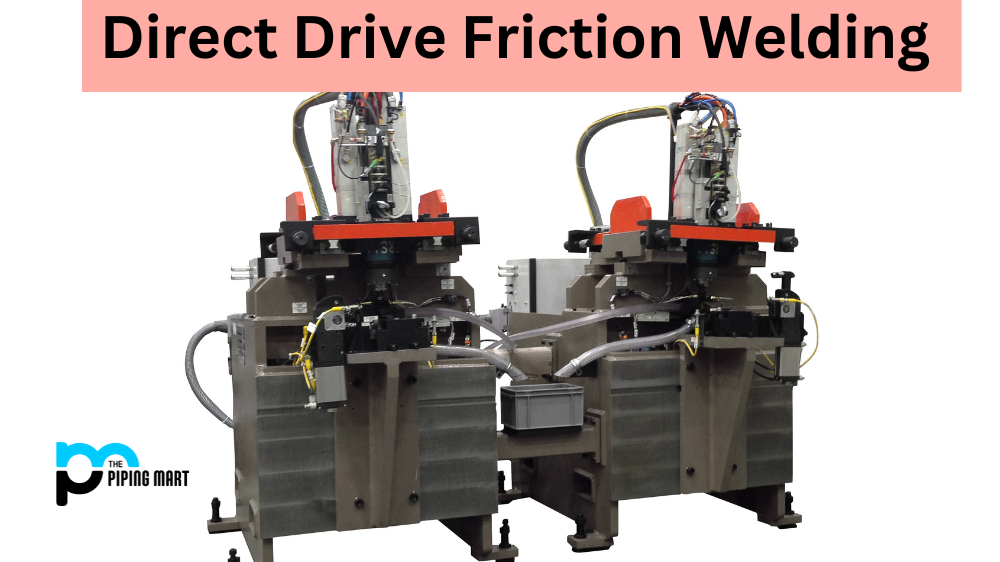If you’re in the manufacturing business, you know that fabrication and machining are two distinct processes used to produce parts from raw materials. Both have advantages and disadvantages, making it essential to understand their differences before committing to a solution for your project. Here we will break down what sets these processes apart so you can make an informed decision on which is right for you.
Fabrication:
Fabrication is a form of additive manufacturing that involves cutting, bending, and assembling pieces of raw material into a finished product. For example, fabricating a steel beam would include cutting the steel into its desired shape and welding or bolting it together as necessary. As with many forms of additive manufacturing, fabrication is often ideal for projects that require complex shapes or features. Additionally, fabrication can be done relatively quickly and inexpensively with minimal investment in machinery or other capital costs.
Machining:
In contrast to fabrication, machining is a subtractive process in which existing materials are cut away to create a desired shape. This process typically involves machineries such as CNC routers or lathes to carve out material from an existing block or metal or plastic sheet. This allows for precise control over the size and shape of the final product but can be more expensive due to the cost of equipment and setup time required for each part being machined. Additionally, since machining relies on removing material rather than adding it as fabrication does, there are limits on how much complexity can be achieved with this method compared to its counterpart.
Difference Between Fabrication and Machining
- Fabrication is the process of building something from scratch using raw materials.
- Machining is taking a piece of material and shaping it or cutting it to create a desired object or shape.
- Fabrication can be done by hand or with machines, while machining always requires machines.
- Fabrication is often used to create larger objects, while machining is better suited for smaller objects.
- Fabrication can be more expensive than machining, as it often requires more manpower and time.
Conclusion:
When selecting between fabricating vs machining for your next project, carefully consider both advantages and disadvantages before deciding which process best suits your needs and budget constraints. Factors such as design complexity, cost of equipment or materials needed, and time-to-market requirements should all be considered when deciding which option is best for you. With careful consideration and proper planning, you can choose which approach best suits your particular needs to get the desired results without sacrificing quality or breaking your budget!
Meet Heer, a dynamic and driven writer learning tricks of her trade in the metal industry. With a background in Digital Marketing, Heer brings a unique perspective to her writing, sharing valuable insights. Apart from blogging she like reading and hiking.




